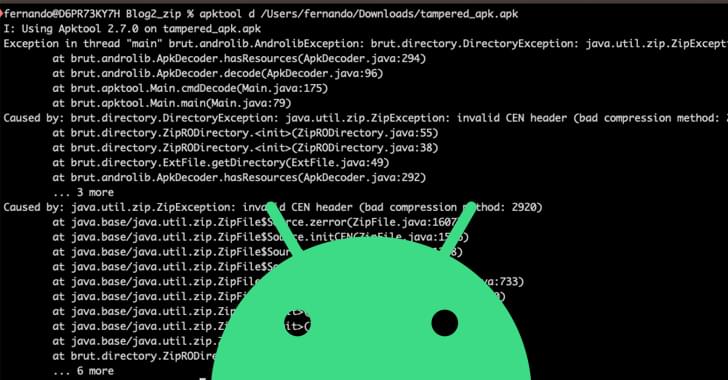This post is also available in:  עברית (Hebrew)
עברית (Hebrew)
The GhostSec cybergang claims to have breached the FANAP Behnama software, exposing 20GB of data including face recognition and motion detection systems it says are used by the Iranian government to monitor and track its people.
Now the group says it intends to make the data public, “in the interests of the Iranian people, but also in the interests of protecting the privacy of each and every one of us.” Cybersecurity analyst Cyberint commented on the group’s statement, saying that while GhostSec’s actions align with hacktivist principles, they also position themselves as advocates for human rights.






